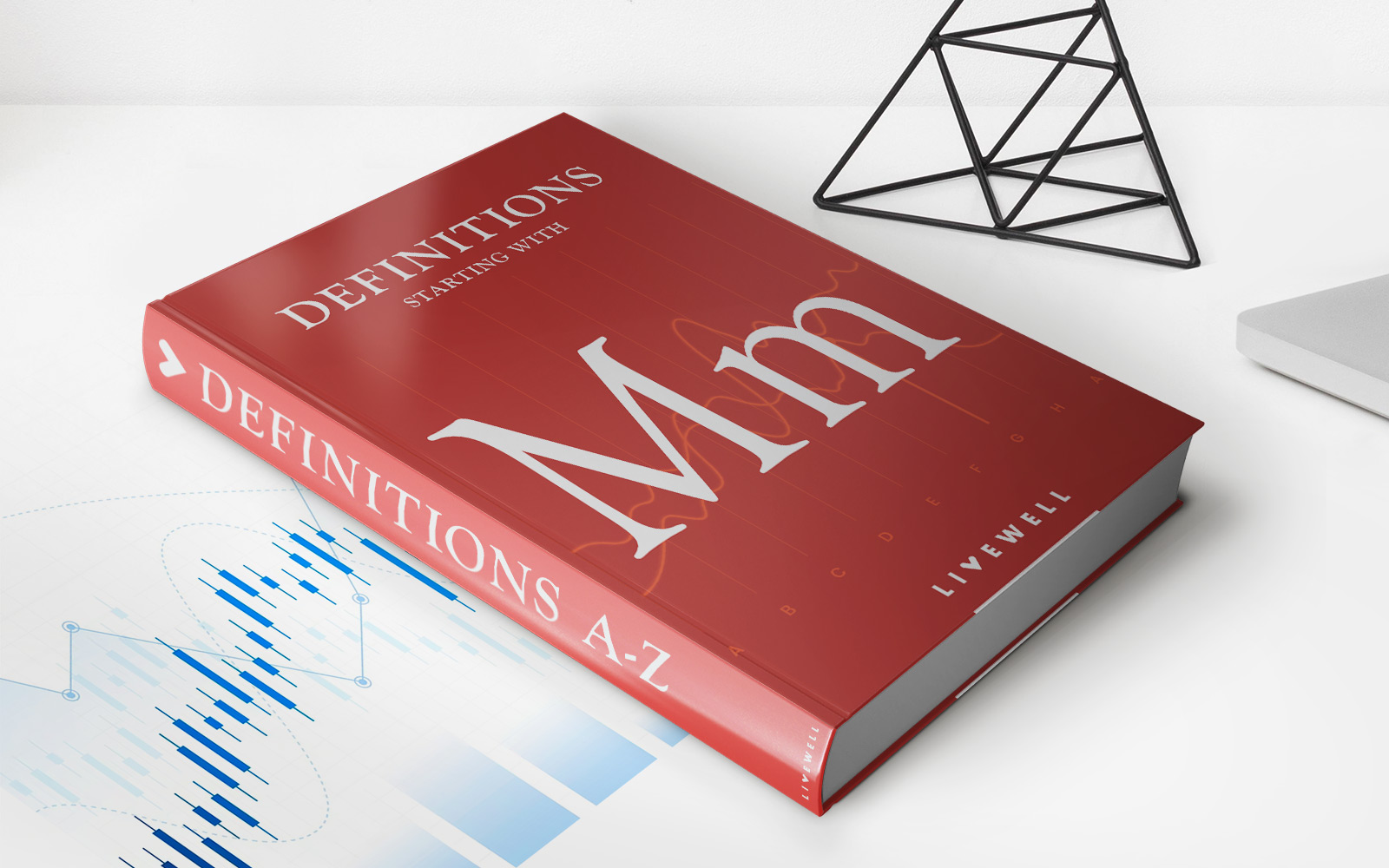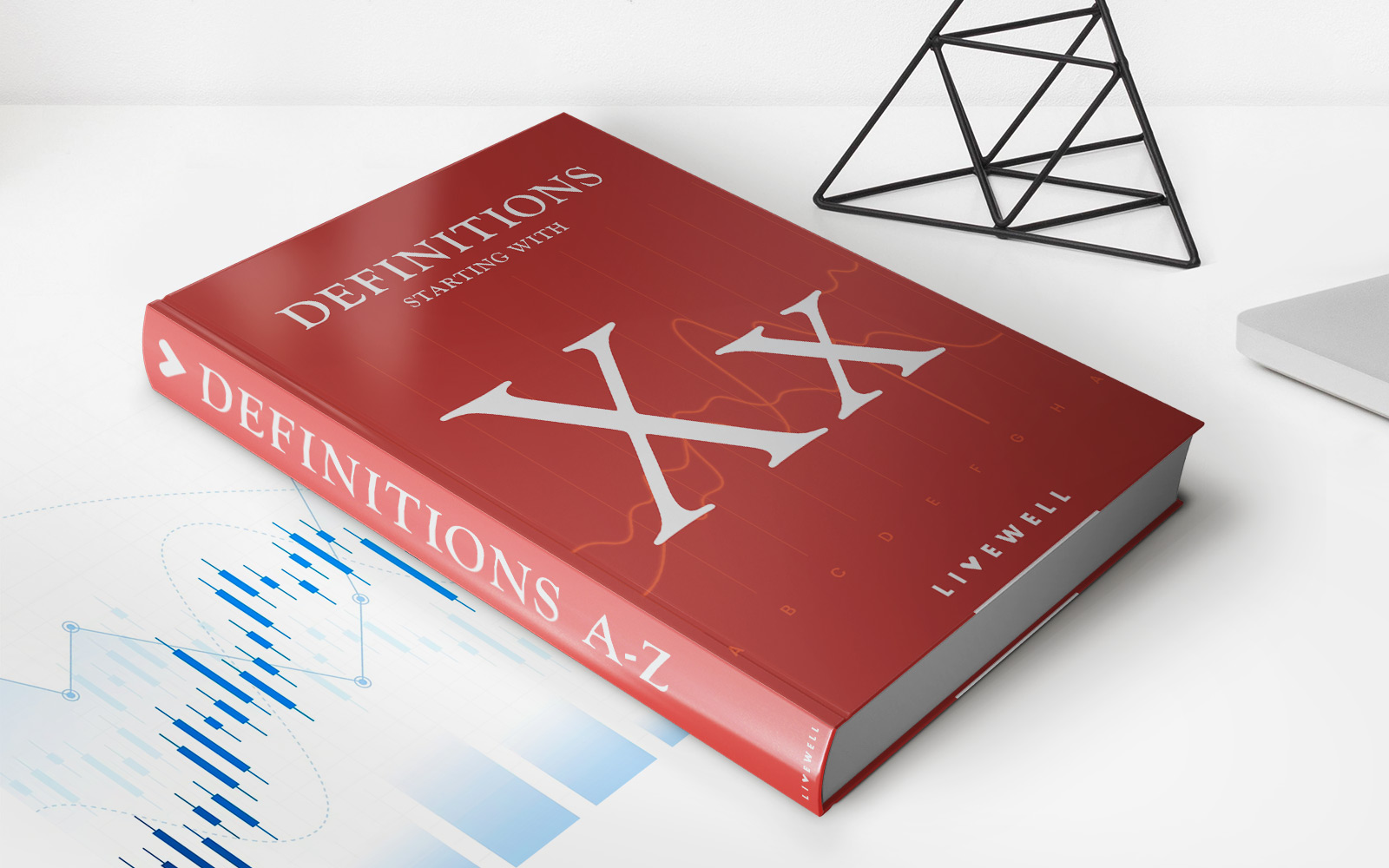Home>Finance>Stablecoins: Definition, How They Work, And Types


Finance
Stablecoins: Definition, How They Work, And Types
Published: February 1, 2024
Discover the world of stablecoins, their definition, functioning, and various types. Dive into the realm of finance and explore the dynamics of stablecoins.
(Many of the links in this article redirect to a specific reviewed product. Your purchase of these products through affiliate links helps to generate commission for LiveWell, at no extra cost. Learn more)
Stablecoins: Definition, How They Work, and Types
Welcome to another insightful post in our “FINANCE” category! Today, we are diving into the fascinating world of stablecoins. If you’ve ever wondered what stablecoins are, how they work, and the different types available, you’ve come to the right place!
Key Takeaways:
- Stablecoins are cryptocurrencies that aim to maintain a stable value by pegging it to a more traditional asset, such as a fiat currency or commodity.
- These digital currencies provide stability, quick transactions, and are increasingly popular in the financial industry.
What are Stablecoins?
Stablecoins are a type of cryptocurrency designed to address the volatility issue commonly associated with traditional cryptocurrencies like Bitcoin and Ethereum. While cryptocurrencies can experience significant price fluctuations, stablecoins aim to keep their value pegged to a stable asset like a fiat currency or a commodity, providing users with stability and predictability for their transactions.
Stablecoin platforms utilize various mechanisms to maintain their price stability. One common method is to back the value of the stablecoin with an equivalent reserve of a more stable asset, such as US dollars. This ensures that for every stablecoin issued, there is an equal amount of fiat currency held in reserve.
How Do Stablecoins Work?
Stablecoins work by combining the innovative technology of blockchain with the stability of traditional assets. They follow different models to achieve their price stability:
- Fiat-Collateralized Stablecoins: These stablecoins are backed by a reserve of fiat currency, usually US dollars, held in a bank account. For every stablecoin in circulation, there is an equivalent amount of fiat currency held as collateral.
- Commodity-Collateralized Stablecoins: These stablecoins are backed by physical assets like gold, silver, or other commodities. The value of the stablecoin is tied to the value of the underlying asset held in reserve.
- Algorithmic Stablecoins: These stablecoins do not rely on collateral but instead use smart contract algorithms to maintain their stability. This mechanism adjusts the supply of stablecoins based on demand, ensuring that the price remains stable.
Types of Stablecoins
Stablecoins can be further categorized based on their underlying assets. Here are some common types:
- Fiat-Collateralized Stablecoins: Examples include Tether (USDT), USD Coin (USDC), and TrueUSD (TUSD).
- Commodity-Collateralized Stablecoins: Examples include PAX Gold (PAXG) and Digix Global (DGX).
- Algorithmic Stablecoins: Examples include Ampleforth (AMPL) and Dai (DAI).
Each type of stablecoin offers its unique benefits and use cases, catering to different needs in the market.
In Conclusion
Stablecoins have emerged as a reliable alternative in the world of cryptocurrencies, providing stability and predictability for digital transactions. Whether you’re a crypto enthusiast, an investor, or someone involved in international remittances, stablecoins offer an exciting opportunity to explore.
Remember, stablecoins are just one piece of the ever-evolving financial puzzle, but understanding their principles and types is crucial in navigating the crypto landscape.
We hope this blog post has shed some light on the world of stablecoins! Stay tuned for more insightful content in our “FINANCE” category. Until next time!














